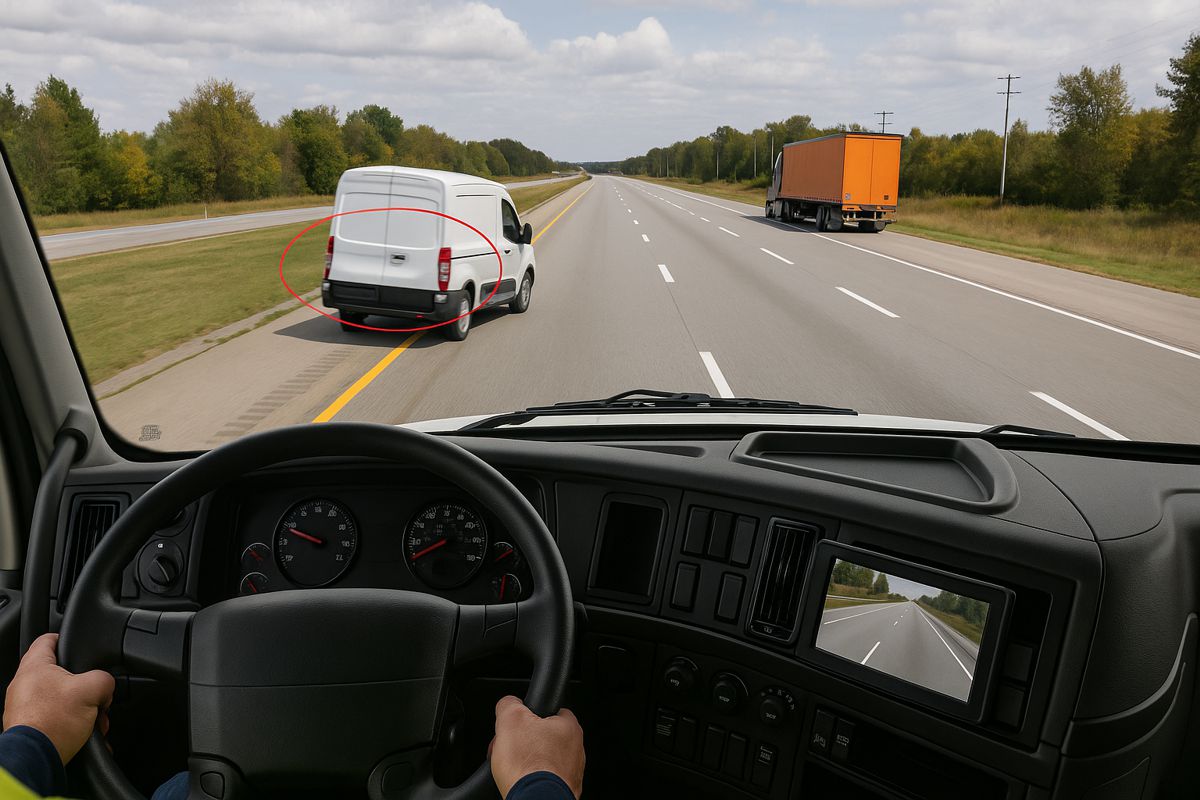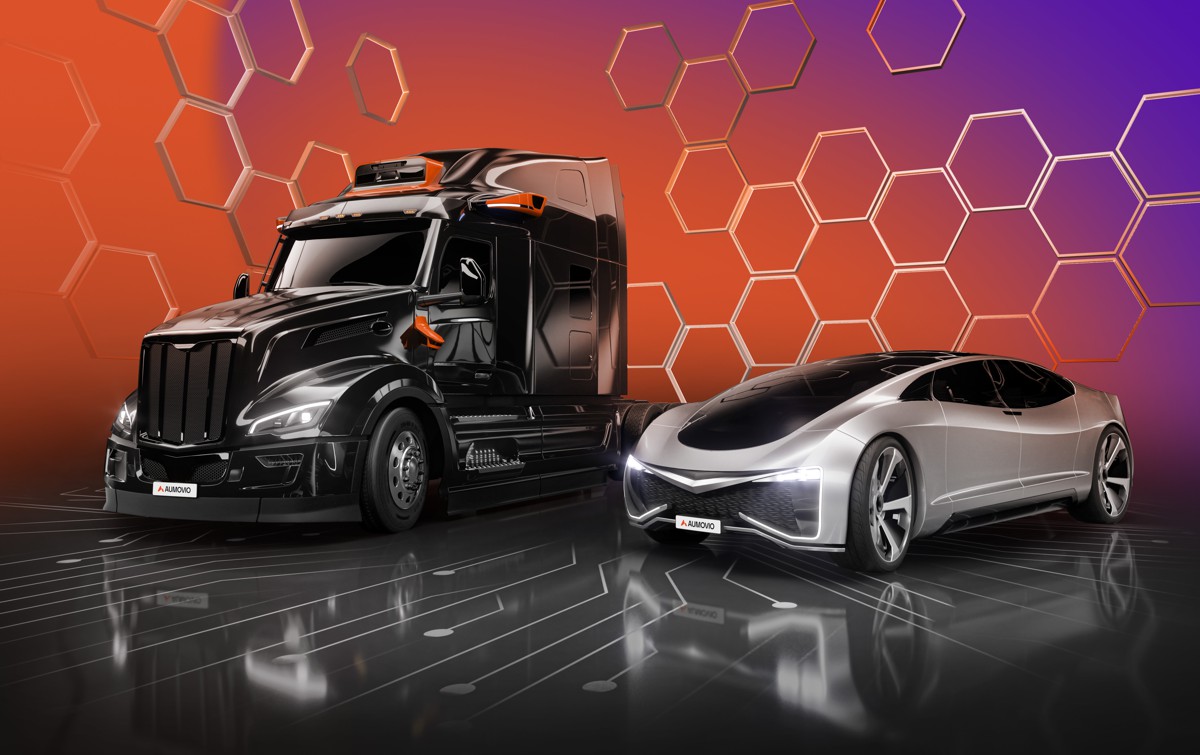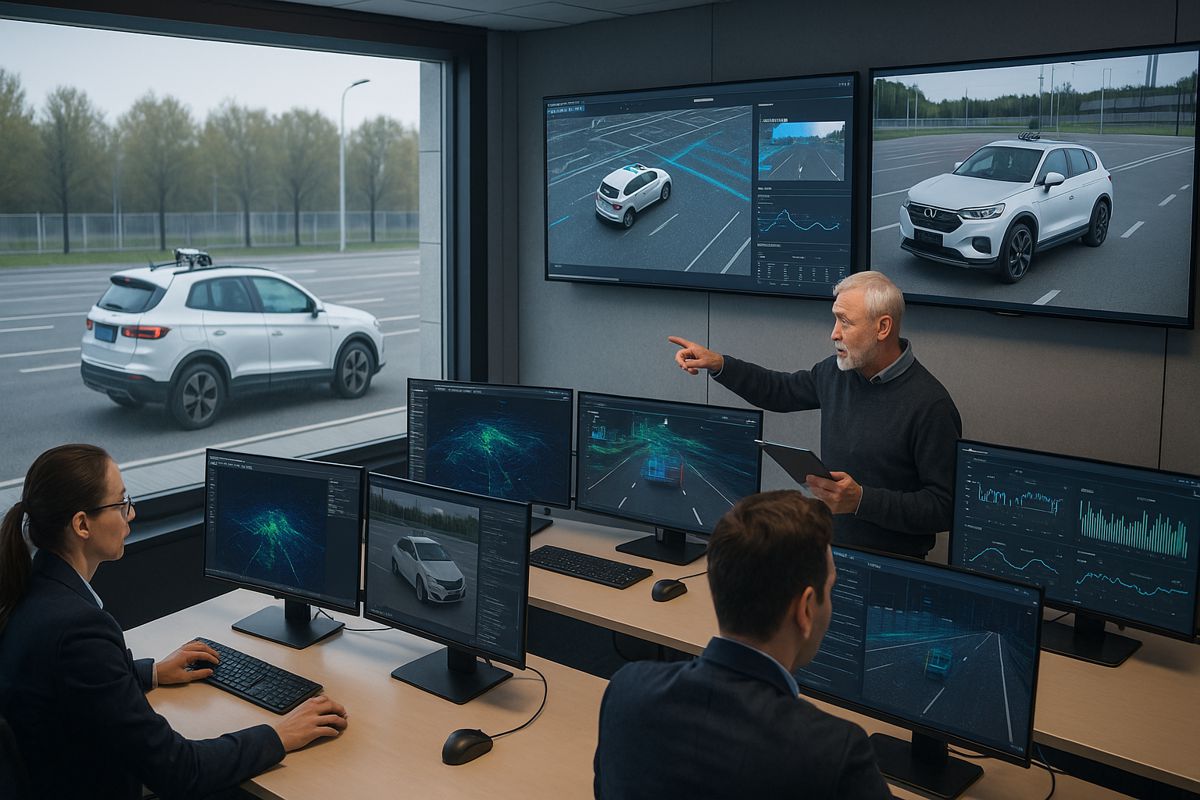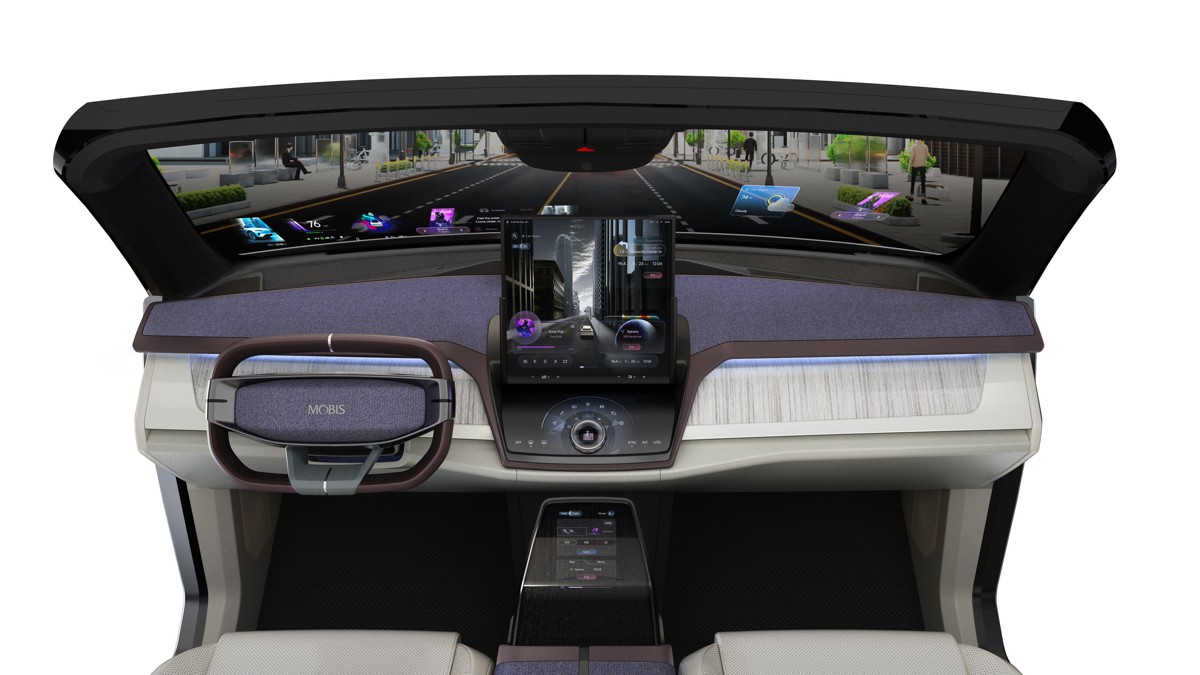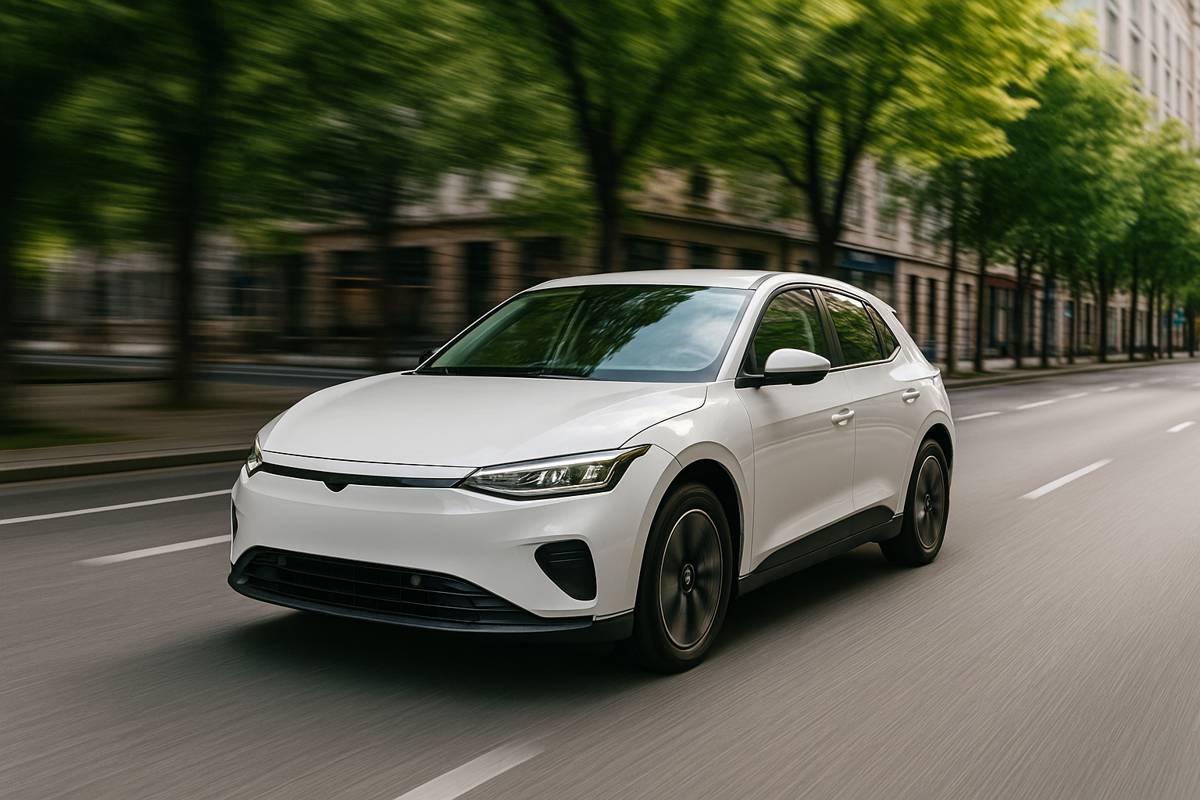Mapping the impact of electric vehicle uptake
Chris Evans, Deputy Managing Director at Rolton Group explores how electric vehicle uptake will impact power supply, energy security and the highways of the future.
With almost 168,000 electric vehicles (EVs) registered in the UK, the British plug-in fleet is the fourth largest in Europe – and the trend shows no sign of slowing. By 2050, it’s predicted that EVs will account for two-thirds of all UK vehicles, and the government’s ban of solely petrol and diesel car sales by 2040 means the clock is now ticking to ensure we are EV ready, increasing pressure on those responsible for readying our transport infrastructure.
Transitioning to EVs is a key part of the recommendations set out in the recently published National Infrastructure Assessment 2018 (NIA) to achieve the government’s environmental and low carbon goals. The UK supports the Zero Emission Vehicle Alliance’s aims to make all passenger vehicles “zero-emissions” by 2050. To incentivise the widespread uptake of EVs, the government has introduced Plug-in Car and Van Grants, offering money towards EVs and charging points.
However, such major nationwide development doesn’t come cheaply and we’ve yet to see a robust and widespread solution that will meet the nation’s future needs.
With government investment of £400m in EV infrastructure and countless private players entering the market, the UK network of EV charging points has increased from just a few hundred in 2011 to more than 12,000 today and is continuing to grow. Despite this huge growth, however, there is no cohesive national strategy for EV charging, resulting in a myriad of different facilities, and some locations remaining poorly served.
The increase and variety of EV charging options has already brought greater complexity to the charging network. Understanding the diversity needed to create a sustainable charging infrastructure, as well as what will be most suitable both now and into the future, is crucial. The challenge developers and policy makers face is to use new technologies, engineering and experience to deliver smart solutions that meet the evolving needs of drivers, homeowners and businesses by implementing a future-proof energy infrastructure. If the government does not take a more holistic approach soon – one which effectively combines energy, transport and communications infrastructure with construction strategies – we’ll all be heading for a major energy and economic dilemma.
The mainstream shift from fuel tanks to batteries will be a huge challenge. For decades, our transportation has largely been powered by burning an enormous volume of petrol and diesel. This will now be taken as electricity from the grid – an immense change in capacity and load profile demands. Although, theoretically, the UK grid has the capacity to meet the predicted demands, higher EV uptake in certain areas combined with a lack of infrastructure investment has the potential to create significant local challenges, including the possibility of brownouts.
As more and more owners seek to plug in EVs to charge at home, the National Grid has warned that people may have to choose between boiling a kettle or charging their car. It is even predicted that EV charging will create a new peak hour as streets of EV owners all plug in simultaneously. Implementing smart charging solutions will be key – and legislation has just travelled through parliament to ensure it is smart – to delivering the power we need in a cost effective manner and to minimising the impact on the grid, which Ofgem says could rise by as much as 8GW by 2040 using their “2 Degrees” scenario. The question of government is “when are they planning to introduce this requirement and have they validated the solutions and implementation time frame and are the automotive manufactures delivering communication interconnectivity that will integrate effectively with these smart chargers?”
Whilst we can see that this revolution brings many challenges, it’s also worth noting that there are several commercial opportunities, which have received scant attention in comparison to the general infrastructure debate. For the highways and construction industries, EV adoption brings an opportunity to showcase progressive solutions to the growing need for charging.
In addition to a network of EV charging points, the Department for Transport has unveiled a £40 million plan to develop wireless charging systems to be embedded in car parks and along major highways to power up vehicles without the need for drivers to plug in. While these kind of Scalextric-style solutions may seem far off, Sweden has already installed the world’s first e-road and a similar system is being tested in China – UK infrastructure developers must consider a rapidly growing array of new and emerging technologies to meet our increasing demand for power.
What’s next?
Despite the immense challenges, the rising popularity of EVs does present the UK and other nations with significant opportunities. Regulatory changes could reduce the risk of power demands exceeding availability through smart EV charging, enabling distribution network operators (DNOs) to ensure charging is off peak. Reducing the legislative restrictions on DNOs would also allow the flexibility in investment that the grid desperately needs.
Working towards global environmental targets, the UK supports the Zero Emission Vehicle Alliance’s aims to make all passenger vehicles “zero-emissions” by 2050. There are also significant financial attractions for drivers to choose EVs. The government introduced Plug-in Car and Van Grants, offering money towards EVs and charging points. Moreover, whole-life running cost comparisons reveal EVs are around six times cheaper than petrol or diesel equivalents. EVs are also exempt from vehicle excise duty. The case becomes more compelling for those driving EVs in central London which are also eligible for congestion charge exemptions and discounts.
The National Infrastructure Commission also suggest that government, local authorities and Ofgem should seek to enable the implementation of sufficient EV charging infrastructure to allow for close to 100% EV – both car and van – sales by 2030, to ensure that market demands don’t outstrip infrastructure capability. It is unclear in this or the IMF referenced document if this relates to pure EVs only or if it includes plug-in hybrids.
I would suggest we need to define the figures for pure EVs separate from plug-in hybrids so that we can fully understand the overall picture. My concern relates to the ability to misuse plug-in hybrids, as owners may buy them for the tax benefits without the desire or ability to plug them in, therefore limiting their efficiency to that of the internal combustion engine. Maybe this will change over time but targets regarding EVs, I would suggest, need to be clear one way or another.
Moreover, facilitating off-grid renewable power supply and storage solutions would meet EV power requirements (at least in part), secure energy supply on a specific site and contribute towards environmental targets. There is also a possibility of EV batteries being combined in Vehicle-2-Grid solutions to provide grid balancing services, with the UK government committing £30m to developing V2G technologies. And, with a $90 billion global investment in EV research and development, many countries have the opportunity to progress a new area of commercial growth and academic prowess.
Priority must be given to strengthening the UK’s energy infrastructure, which is already struggling to adjust to the integration of renewable generation schemes. Our transport, energy and communications networks are becoming inextricably linked, and a cohesive strategy to deliver a robust and future-proof energy infrastructure will be vital to meet our evolving needs which if we include discussions on Autonomous Vehicles will usher in the next transport revolution.












